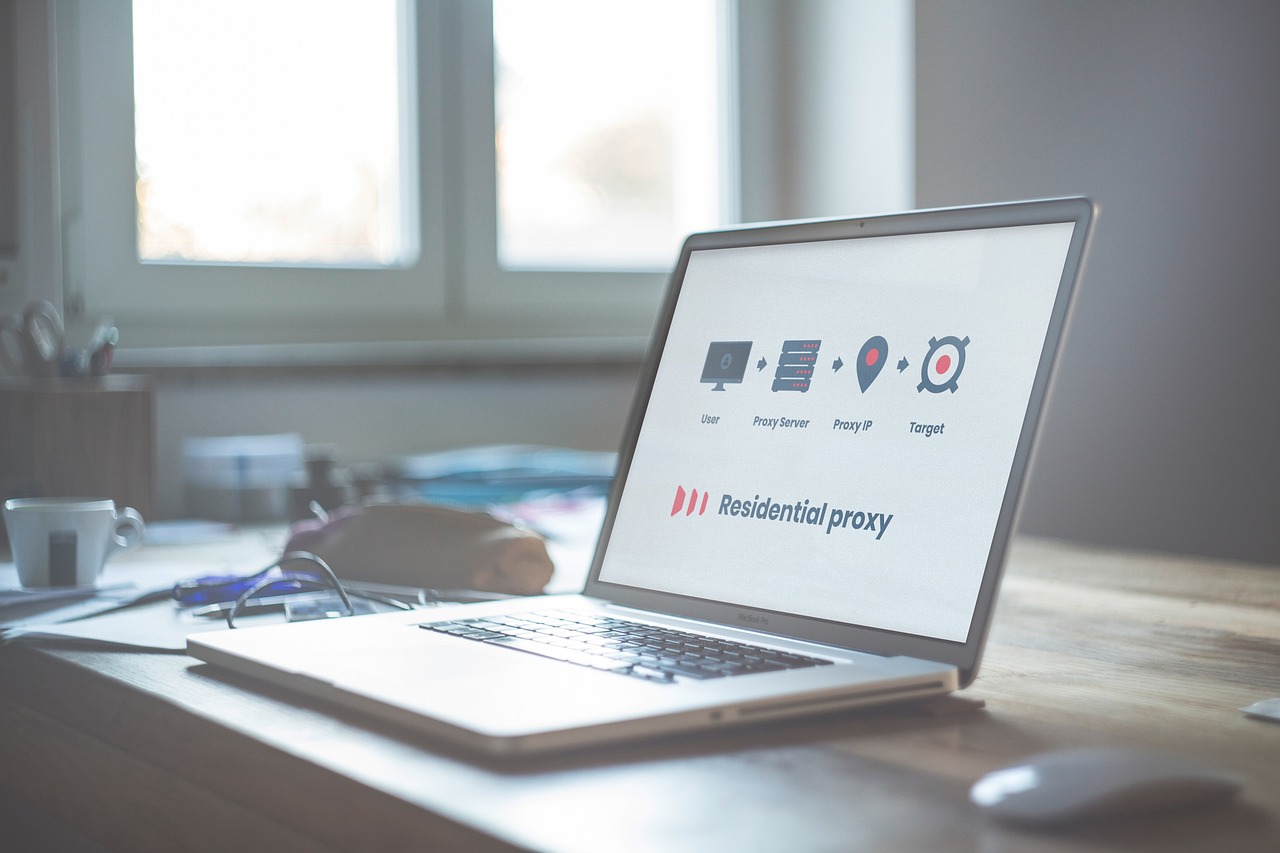Securing your home or property has never been easier, thanks to today’s advanced outdoor camera. These devices do more than just record videos—they give you real-time updates, protect your home from intruders, and offer peace of mind no matter where you are.
With modern technology, outdoor cameras have become smarter, clearer, and more affordable. Whether you’re looking for a wired security system or a fully wireless smart camera, there’s an option for every need and budget.
In this guide, you’ll learn:
- Why outdoor cameras are essential for safety
- The key features you should look for
- The main types of outdoor cameras available
- Tips for choosing and maintaining the right one
By the end, you’ll be ready to pick the best outdoor camera to protect what matters most.
Why You Need an Outdoor Camera
Outdoor cameras are not just for catching trespassers—they’re a practical investment that adds layers of safety to your home and lifestyle.
1. Deterrence of Theft and Vandalism
Visible security cameras discourage potential burglars or vandals. According to a report by the University of North Carolina’s Department of Criminal Justice, 60% of burglars avoid homes with visible security systems. Simply having an outdoor camera can make your property a less likely target.
2. Real-Time Monitoring and Remote Access
Today’s outdoor cameras let you monitor your property from your phone or computer anytime. Whether you’re at work or on vacation, you can view live footage, receive alerts, and even communicate through built-in speakers.
3. Insurance and Safety Advantages
Many insurance companies offer discounts for homes equipped with security cameras. In case of damage, recorded footage can also help with insurance claims or police investigations.
In short, an outdoor camera not only protects your home but also saves you money and reduces stress.
Key Features to Look for in an Outdoor Camera
When buying an outdoor camera, understanding its features will help you choose the best one for your specific needs.
1. Weather Resistance and Durability (IP Rating)
Outdoor cameras face sun, wind, and rain daily. Always check for an IP65 or higher rating—this means the camera is dustproof and water-resistant.
2. Resolution and Video Quality
Crystal-clear images help identify details like license plates or faces. Choose cameras with 1080p (Full HD) or higher—some even offer 2K or 4K resolution for sharper clarity.
3. Night Vision and Infrared Capabilities
A good outdoor camera should record clear footage even in low light. Look for infrared night vision or color night vision for better visibility in the dark.
4. Motion Detection and Alerts
Modern cameras use motion sensors to send instant notifications when movement is detected. Some even use AI motion detection to tell the difference between people, pets, and vehicles.
5. Storage Options: Cloud vs. Local
Decide whether you want cloud storage (remote access but subscription-based) or local storage (microSD card or NVR). A mix of both offers the best protection.
6. Smart Home Integration
Many cameras now work seamlessly with Alexa, Google Home, or Apple HomeKit, letting you view your camera feed using simple voice commands.
The Different Types of Outdoor Cameras You Shouldn’t Miss
Outdoor cameras come in many forms, each offering unique benefits. Let’s explore them one by one.
1. Wired Outdoor Cameras
These connect directly to your power and internet through cables.
Pros: Stable connection, continuous power supply.
Cons: Harder to install, requires wiring.
Best for: Permanent home installations or businesses.
2. Wireless Outdoor Cameras
Wireless cameras connect via Wi-Fi and are much easier to install.
Pros: Flexible placement, no cables required.
Cons: Dependent on Wi-Fi signal strength.
Best for: Renters or users who move often.
3. Battery-Powered Outdoor Cameras
These operate on rechargeable batteries and don’t need constant power.
Pros: Portable and easy to install.
Cons: Batteries need periodic recharging.
Best for: Areas without nearby outlets.
4. Solar-Powered Outdoor Cameras
Eco-friendly and self-sustaining, these use sunlight for power.
Pros: Low maintenance, energy-efficient.
Cons: Needs adequate sunlight exposure.
Best for: Remote locations or eco-conscious users.
5. Floodlight Outdoor Cameras
These combine powerful LED lights with video recording.
Pros: Illuminates dark areas, deters intruders instantly.
Cons: Slightly more expensive.
Best for: Driveways, garages, or large yards.
6. Pan-Tilt-Zoom (PTZ) Outdoor Cameras
These can rotate, tilt, and zoom for wide coverage.
Pros: Covers large areas, adjustable view angles.
Cons: Usually more expensive and complex.
Best for: Businesses or large properties.
7. Smart Outdoor Cameras
These use AI and smart home integration for advanced functionality.
Pros: Facial recognition, smart alerts, cloud access.
Cons: May require subscription for premium features.
Best for: Tech-savvy homeowners.
Comparing the Types of Outdoor Cameras
Here’s a simple visual comparison chart to help you decide:
| Camera Type | Power Source | Installation | Best For | Average Price Range |
|---|---|---|---|---|
| Wired Camera | Direct Power | Complex | Permanent setups | $50 – $200 |
| Wireless Camera | Plug-in/Wi-Fi | Easy | Home & rental properties | $60 – $250 |
| Battery-Powered Camera | Rechargeable Battery | Very Easy | Flexible, portable use | $80 – $300 |
| Solar-Powered Camera | Solar Energy | Easy | Outdoor, remote locations | $100 – $350 |
| Floodlight Camera | Direct Power | Moderate | Driveways, entrances | $150 – $400 |
| PTZ Camera | Wired/Power Adapter | Complex | Large areas, business use | $200 – $500+ |
| Smart Outdoor Camera | Wi-Fi/Smart Hub | Easy | Smart home setups | $100 – $400 |
Tip: Choose based on your property size, lighting conditions, and desired features rather than just price.
Top Brands and Models Worth Considering
Here are some of the most trusted brands for outdoor cameras:
- Arlo – Known for its premium wireless and solar-powered cameras with 2K and 4K resolutions.
- Ring – Offers affordable smart cameras with Alexa integration and floodlight options.
- Reolink – Great value for money, with both wired and wireless models.
- Google Nest – Excellent smart integration and easy-to-use mobile app.
- Blink – Budget-friendly and ideal for first-time users.
Installation and Maintenance Tips
Installing your outdoor camera properly ensures it captures clear and useful footage.
1. Proper Placement for Maximum Coverage
Mount cameras at least 8–10 feet above the ground for a wide view and protection from tampering.
2. Avoiding Blind Spots
Walk around your property and identify hidden angles or dark corners. Use multiple cameras if needed to cover all entry points.
3. Regular Cleaning and Firmware Updates
Dust and rain can affect camera lenses. Clean them monthly and update your camera’s software regularly for new features and security patches.
Conclusion
Outdoor cameras have evolved from basic recorders to smart, AI-powered security solutions. Whether you choose a wired model for stability, a wireless one for flexibility, or a solar-powered unit for sustainability, there’s an outdoor camera perfect for you.
Remember: the best camera is the one that fits your environment, budget, and comfort level.
Take control of your home security today—invest in a reliable outdoor camera and enjoy peace of mind 24/7.
Frequently Asked Questions (FAQs)
1. What’s the best outdoor camera for home security?
It depends on your needs. Arlo and Ring are great for smart integration, while Reolink offers solid performance for lower prices.
2. Are wireless outdoor cameras secure?
Yes, as long as you use strong passwords and enable encryption.
3. How long do outdoor camera batteries last?
Battery-powered cameras usually last 2–6 months depending on use and weather conditions.
4. Can outdoor cameras work without Wi-Fi?
Some models can record locally using SD cards, but remote access and alerts require Wi-Fi.
5. Do outdoor cameras work at night?
Yes. Most use infrared or LED night vision to capture clear footage in darkness.
6. Are solar-powered outdoor cameras reliable?
Absolutely, as long as they receive adequate sunlight daily.
7. How do I prevent my outdoor camera from being hacked?
Keep your firmware updated, use strong passwords, and avoid public Wi-Fi access.
8. How many outdoor cameras do I need for a home?
Most homes need 2–4 cameras to cover main entry points, garages, and yards.
9. What is the ideal height for installing outdoor cameras?
Install them 8–10 feet high for optimal coverage and tamper protection.
10. Can I use an indoor camera outside?
No, indoor cameras lack weatherproofing and may get damaged outdoors.
Disclaimer
The information in this article is for educational and informational purposes only. Product recommendations are based on general research and user reviews. Always check specifications and warranty details before making a purchase.



